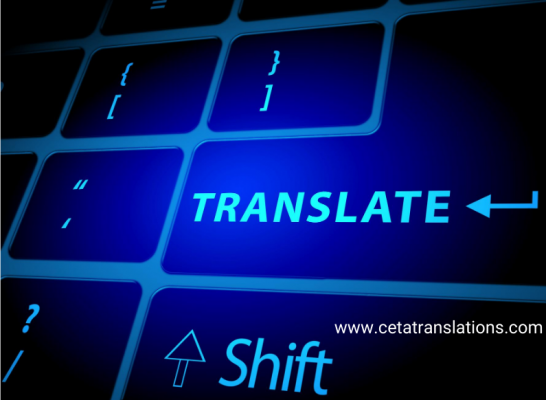The digital revolution that encompasses automation through sophisticated software has impacted the field of translation. Nowadays, professional translators have myriad computer programs at their disposal to ease their work. Jointly, these programs are referred to as computer-assisted translation (CAT) tools.
A common misconception is that CAT tools yield low-quality or inaccurate translations. Nothing could be further from the truth. These tools are designed to facilitate some aspects of the translation process that is still done by a human translator. This should not be confused with machine translation (MT), in which the translation is performed by a computer program. Several studies have demonstrated that MT engines are still far from beating a human translator.
So, why should a professional translator use a CAT tool if seemingly human translation represents the best quality? The answer is simple. The use of a CAT tool can increase translation efficiency significantly. A CAT tool is not the best solution in all cases though. Hence, as a professional translator, you must know the advantages and disadvantages of these programs.
CAT Tools for Professional Translators
There are different types of CAT tools. However, the best-known and more widely used by professional translators are translation memory programs such as Trados Studio. This type of software divides the entire text into smaller segments, which usually are sentences.
The translator then proceeds to manually translate the text. Each segment and its corresponding translation are stored in a database known as the translation memory (TM). As the translator advances in the text, the software will recognize any new segment that resembles one in the TM. The tool will automatically suggest reusing it.
When Should a Professional Translator Use CAT Tools?
As mentioned, while the use of a CAT tool can be beneficial, it is not always convenient. The professional translator must assess the advantages and disadvantages before investing time and money in this type of software.
- The advantages of translation memory software include:
- A faster and more effective pace of work;
- Supreme consistency in terminology;
- Reduction in the number of mistakes and typos;
- Ideal for the translation of texts with repetitive terminology such as technical documents.
On the other hand, the disadvantages of these CAT tools are:
- In the translation of texts with a low degree of repetitions, the benefit is equally low;
- Likewise, in translations that require a high degree of artistic creativity, a CAT tool is practically useless. This is the case of the translation of literary work;
- Calculating a fair rate for the translation can be difficult when the text has a high repetition index. Ultimately, the rate may end up being disadvantageous for someone.
The decision to use a CAT tool depends on the types of texts that you usually translate. In general terms, the use of this software must be limited to projects when it brings a bonus. In all cases, its use must be carefully monitored to obtain the best quality.

